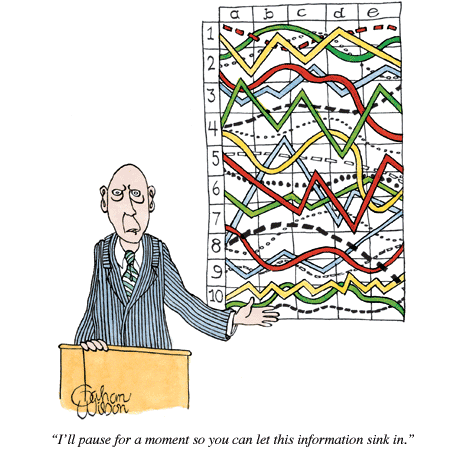The topic I chose for my second project, World Immigrant Happiness, is a topic I was and still am very interested in. I think I spent a lot of time going through the data, and reading through the entire World Happiness Report. The data presented was very interesting and informative of people around the world, and took into account of a range of factors and details that may have affected the data collected. I think that the report was a wonderful source to gather data from for my project. Not only did the report contain a large amount of data, it also provided a ton of background context, as well as possible conclusions that can be drawn from the data.
However, because there was so much data, it was a bit intimidating for me to translate that information into something more visual and interactive. For project 2, I had the most difficulty coming up with an idea to visualize the data so that it would be both informative and meaningful. As I worked on the project more, it became clear to me that trying to visualize all the countries around the globe was not plausible, considering the time we had left. As a result, my partner and I decided to only focus on the top 50 happiest countries. This, of course, lead to a final project that focused on a rather different topic that what we had in mind. Instead of "Immigrant Happiness vs Local-Born Happiness Around the World," it became "Top 50 Countries with the Happiest Immigrants and Local-Borns."
This topic-shift lead to more brainstorming and revisualizing. I think as I worked with the data and read through the report more in detail, I started to ask myself questions like, "So what should we do about the world after looking at this data?" or "What is the goal of my data visualization?" After watching Mimi Onuoha's talk last Tuesday, I began reflecting on what my data visualization meant now, after I had changed to the top 50 countries only. More importantly, I began to think about the missing data, the countries that were not included in my project, aka the countries that did not make it to the top 50 list. Why were these countries more sad that the others? Is there a way focus on the missing countries with only the data we are using?
